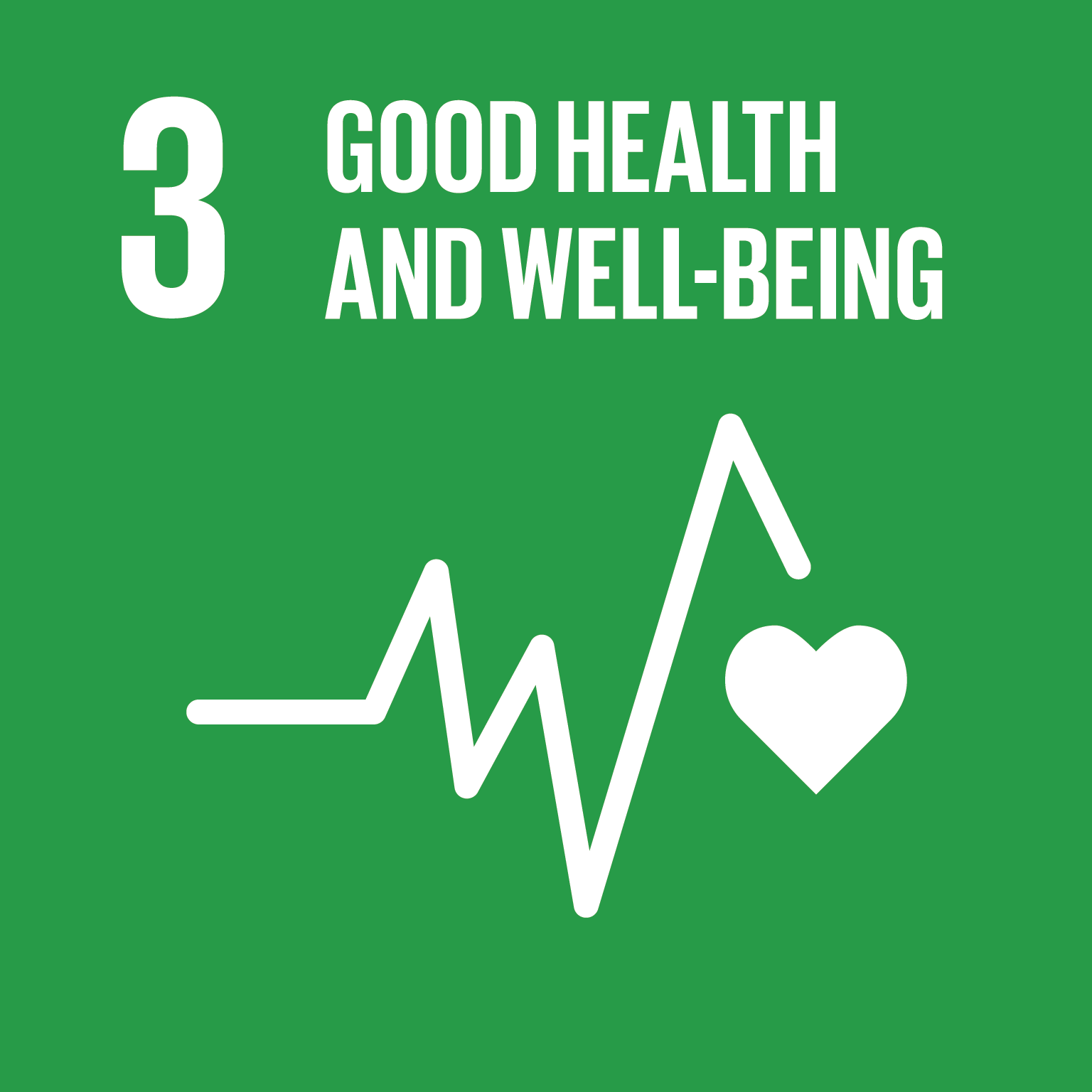 OxyJet
A locally made non-invasive ventilator for COVID-19 patients that runs without electricity
OxyJet
A locally made non-invasive ventilator for COVID-19 patients that runs without electricity

Challenges
The COVID-19 pandemic has pushed hospital systems to their limits in many countries, including Bangladesh. In most low-resource setting hospitals, the general wards do not have the facility to provide more than 15 litres/min of oxygen. However, this is not sufficient for severe COVID-19 patients, who need an elevated treatment pathway using high-flow nasal oxygen (HFNO) or Continuous Positive Airway Pressure (CPAP) therapy. HFNO devices can cost up to US$5,000, and traditional CPAP devices can cost up to US$1,000. Furthermore, electric power is often unreliable in many hospitals, and the technical expertise required for device maintenance is also limited. With a shortage of Intensive Care Unit (ICU) beds, this is a significant problem, since intermediate treatments are not available in the general wards that can provide patients with a higher flow of oxygen.
Towards a Solution
To address the need for high-flow of oxygen in COVID-19 wards, the Department of Biomedical Engineering at Bangladesh University of Engineering and Technology (BUET) has developed an innovative, low-cost CPAP flow-generator device named OxyJet. It is a precision Venturi-based flow-generator that can provide up to 60 litres/min with up to 100 per cent concentration of oxygen in the general hospital wards without any electric power. The device can operate from a central oxygen line or a cylinder. The device was made using 3D printing technology and available manufacturing techniques in Bangladesh, at a cost of about US$20. The full CPAP system consists of non-vented C-PAP masks and HEPA filters that reduce aerosolization. Pressure settings can be changed using a traditional PEEP valve between 5-20 cm H2O. A full setup can cost up to US$200 including all accessories.
The OxyJet CPAP device addresses a critical need of reducing ICU admissions during this crisis period. Thus, it contributes towards the achievement of SDG 3 (Good Health and Well-being). Due to its lower cost, portability and ease of use, it can have a significant impact if deployed in low-resource setting hospitals in underserved regions of the country. The device is an example of successful innovation in biomedical engineering design, and thus also contributes to achieving SDG 9 and Istanbul Programme of Action (IPOA) Priority 1.
At the beginning of the project, the clinical needs were assessed and it was determined that the simplest device that can serve the highest number of patients should be developed. Through long discussions with clinicians and surveying the hospital settings, it was determined that a Venturi-CPAP device would be the most effective solution. However, a high-flow Venturi-system requires precision manufacturing, which is not available in Bangladesh. The research team came up with an innovative solution by using off-the-shelf industrial needles that can be used as a high-precision nozzle. This approach combined with a 3D printed body resulted in a Venturi flow-generator that can provide high-flow of air oxygen mixture comparable to similar devices with a much higher cost.
The OxyJet device has been tested according to the UK-MHRA Rapidly Manufactured CPAP systems guideline. Afterwards, it has successfully passed phase-1, phase-2 and phase-3 clinical trials in Dhaka Medical College Hospital (DMCH). The trial was approved by the Bangladesh Medical Research Council (BMRC) and is registered at ClinicalTrials.gov. In phase 2, it was observed that the device can significantly increase the oxygen saturation of patients by 11.2 per cent on average. The phase-3 was designed as a randomized controlled trial to determine whether the CPAP can be considered non-inferior to HFNO treatment. The trial studied how many days the patients can be free of mechanical ventilator in the ICU (ventilator-free days up to 10 days). After analysing the data, it was concluded that the CPAP treatment was similar (non-inferior) to HFNO treatment. In addition, it was also observed that the OxyJet CPAP device uses 30 per cent less oxygen than HFNO while treating these two similar groups of hypoxaemic patients. Thus, overall, the OxyJet CPAP solution can provide a treatment similar to HFNO at 4 per cent of the cost while saving 30 per cent oxygen.
The device has been approved for limited use by the Directorate General of Drug Administration (DGDA), which is the regulatory authority for medical devices in Bangladesh. In total, the device was used on about 30 patients at DMCH during the clinical trial. As the device is made using 3D printing and available machine-tools in Bangladesh, the process can be easily replicable in other countries though South-South knowledge exchanges, especially where there is a shortage of HFNO and ICU facilities.
Contact Information
Countries involved
Supported by
Implementing Entities
Project Status
Project Period
Primary SDG
Secondary SDGs
Similar Solutions
| NAME OF SOLUTION | Countries | SDG | Project Status | |
|---|---|---|---|---|
360-Degree Awareness Tool to Fight COVID-19 Raising awareness and ensuring public wellbeing through a one-stop platform for fighting COVID-19 in Bangladesh |
Bangladesh | 16 - Peace and Justice Strong Institutions | Ongoing | View Details |
A-Card Initiative |
Bangladesh | 10 - Reduced Inequalities | Completed | View Details |
Accelerating Digital Transformation in All Ministries in Bangladesh Promoting the rapid design and implementation of plans to digitize all ministries and subordinate government institutions in Bangladesh |
Bangladesh | 10 - Reduced Inequalities | Ongoing | View Details |
Accelerating the Transformational Shift to a Low-Carbon Economy in Mauritius Towards supplying 35 percent of the country’s energy needs with renewables by 2025 |
Bangladesh | 05 - Gender Equality 09 - Industry, Innovation and Infrastructure 13 - Climate Action | Ongoing | View Details |
Accelerator Labs Network Following collective intelligence methods to address emerging sustainability challenges and the growing demand for local solutions |
Bangladesh | 08 - Decent Work and Economic Growth 13 - Climate Action | Ongoing | View Details |



